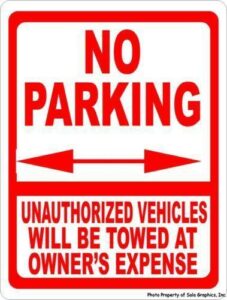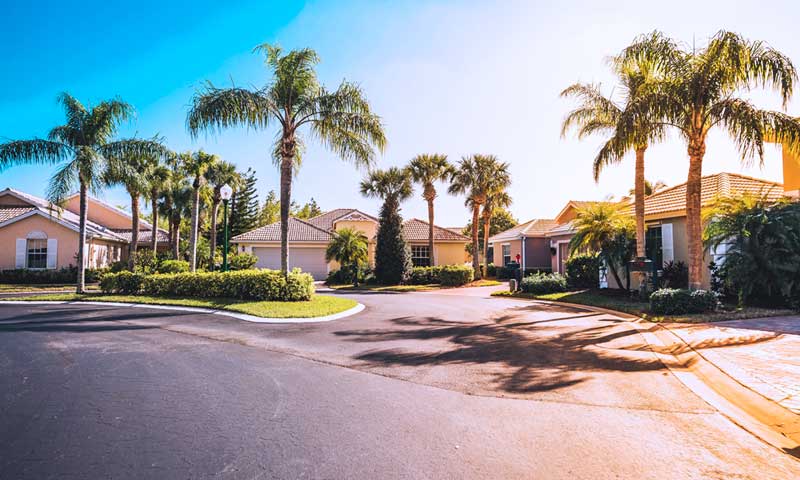BLOG
The topic of parking within community associations is oftentimes a source of much consternation. The limitation of parking spaces in HOA and condominium association communities – whether real or perceived – may result in volatile and contentious situations for community association stakeholders. Homeowners, property managers and directors alike are confronted with concerns about the manner by which vehicles are parked; the number of vehicles residents choose to park within communities; the number of guests an owner may have at one time parking their vehicles within a community; the duration which vehicles may be parked; the types, appearance and size of vehicles parked within a community, and the locations in which residents or guests choose to park vehicles within a community.
 In order to address these concerns, community association directors typically adopt rules and restrictions governing how, when, where, how many and what types of vehicles may be parked in the community. However, unit owners can become very frustrated by such rules and restrictions, especially if they are perceived to be overzealous or ill-intended.
In order to address these concerns, community association directors typically adopt rules and restrictions governing how, when, where, how many and what types of vehicles may be parked in the community. However, unit owners can become very frustrated by such rules and restrictions, especially if they are perceived to be overzealous or ill-intended.
Board members and property managers should take every precaution to strike a balance between the rules and restrictions they impose upon parking within the community and the legitimate concerns they intend to address by the imposition of such rules.
Some associations contending with parking issues and rules may find that the best approach is to try to find a compromise together with the owners that would meet with the most widespread approval. Communities may also opt to avoid focusing on member fines or suspensions, and they may consider waiving outstanding fines and suspensions for certain rules that have come into question. Owners who challenge fines resulting from parking rule violations will often argue that these fees should not be considered a good revenue source for the association, but supporters typically contend that the rules become ineffective if the association is unable to impose fines or suspensions for violators.
Some communities have chosen to implement concerted efforts at increasing communications to owners and residents regarding the parking concerns and the resulting need to implement restrictions. These communities have been motivated by the hopes that an open dialogue and explanations as to the reasons and goals behind the rules may increase compliance. For instance, if the issues involve on-street parking, it may be prudent to discuss the potential problems that may be caused by narrow streets, which could lead to accidents or a lack of access for emergency vehicles that may expose an association to potential liabilities.
In addition to the implementation of restrictions governing existing parking spaces within a community, directors and management may also give consideration to the use of overflow areas for use as parking, including the possibility of using or converting areas that are owned or created by the association for added parking. For instance, this may be a possible approach in sprawling communities comprised of single-family homes in which it may be best to find and create as many such areas as possible for overflow parking.
As it relates to condominiums with parking difficulties that may be due to inadequate garages and lots, association boards could explore any possibilities for agreements with nearby properties or garages with excess parking that could be available for use by residents and guests.
By working together with the owners and residents while maintaining an open mind about every parking rule and potential solution to insufficient parking, association boards can find the best approach for their specific needs and issues. Our firm’s community association attorneys write about important issues for associations in this blog, and we encourage association directors, members and property managers to enter their email address in the subscription box on the right in order to automatically receive all our future articles.

